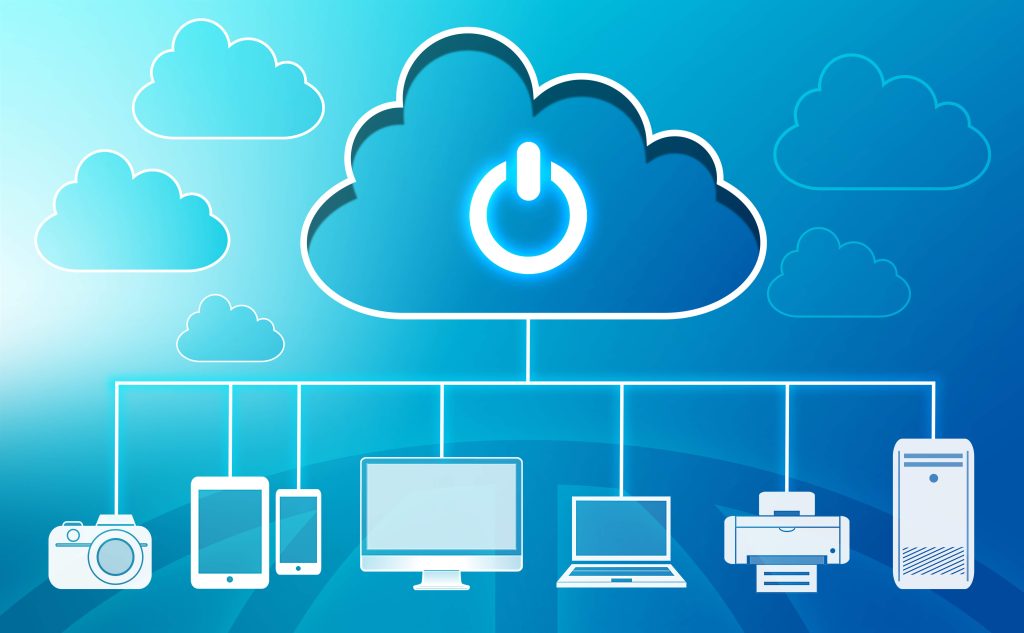
Transparency in utility billing and payment is not only a great way to build customer trust but also provides significant business process efficiencies. This is especially true for the utility sector where payments often represent a single, critical point of contact with the company.
Specify billing instructions to capture during bill payment using the adjoining option list. The system automatically applies these details to all payment transactions entered against the product.
eBills
Paperless billing, also known as ebilling, offers energy utilities a way to reduce costs and improve customer service. Customers can securely view their complete bill details online anytime, anywhere, and easily schedule payments with the click of a button.
During the COVID-19 pandemic, many consumers turned to their phones to pay bills and manage finances while working from home or on-the-go. It’s important to highlight the 24/7 access ebilling provides, along with its other benefits such as reduced waste and better record-keeping. When a consumer enrolls in ebill, they are asked to agree to stop receiving paper statements from their payees. However, not all payees offer ebills. Those that do are clearly indicated by an ebill icon next to the payee’s name on the Bill Payment center page.
Electronic Checks
This payment method allows consumers to set up an automated recurring transaction that draws money directly from their checking account. It may be initiated online or by providing the checking account number and bank routing number to a bill pay service agent over the phone.
The e-check payment process utilises the ACH network to facilitate direct debit transfers, which eliminates the need for an intermediary to manage the credit card processing step. This can significantly reduce payment processing costs, making this payment method more attractive to companies with subscription-based revenue models and large online payments.
Businesses that offer more payment options can naturally increase their revenue potential. Talk to your merchant services provider about implementing e-checks into your online business payment system today. They can help you understand the advantages of this digital payment type and how it works.
Over-the-Phone Payments
Over-the-phone payments, also known as card-not-present transactions, allow customers to place orders over the phone for products or services. To accept this form of payment, businesses must set up a virtual terminal, which is an online software application merchants use to enter customer order details and credit card information.
While this type of transaction is convenient for consumers, it can pose compliance risks for business owners. It’s important to implement procedures and best practices that ensure all staff members are trained to handle this type of payment securely.
Many service-based businesses rely on this payment method, such as independent dog groomers, traveling plumbers, and mobile marine mechanics. These types of businesses must take care to ensure their virtual terminals meet all PCI regulations. They also need to establish a paper trail for all transactions.
Automatic Withdrawals
Automatic withdrawals allow a company to deduct funds directly from a customer’s bank account for recurring expenses like utility bills. They also work well for subscription merchants, including curated subscription boxes and gated digital content.
Many companies offer this option for customers to pay their bills on a recurring basis without having to remember to submit a payment each month. This can save time, and it can also help avoid overdraft fees.
This type of payment is typically withdrawn from the bank account on or around the bill due date. In order to protect against overdraft fees, consumers should keep a buffer in their checking accounts for these transactions and should ensure they have the correct account information before agreeing to an automatic deduction.
Bill Payer Service Agents
Some third-party bill payment services have agreements with utilities to receive payments from consumers and forward them to the utility. These companies may charge a fee for their service. It is important to ask about these fees before using a bill pay service. Also, consumers should be aware that it can take up to five days for payments made online or over the phone to post to their utility account.
To make a payment you need a bank account, debit card or an electronic check. You should record the reference number, payee; scheduled date and transaction amount in your checkbook register or other permanent record. You will also receive periodic statements showing the transactions. You can change a one-time or recurring payment any time before it’s processed.utility payment system